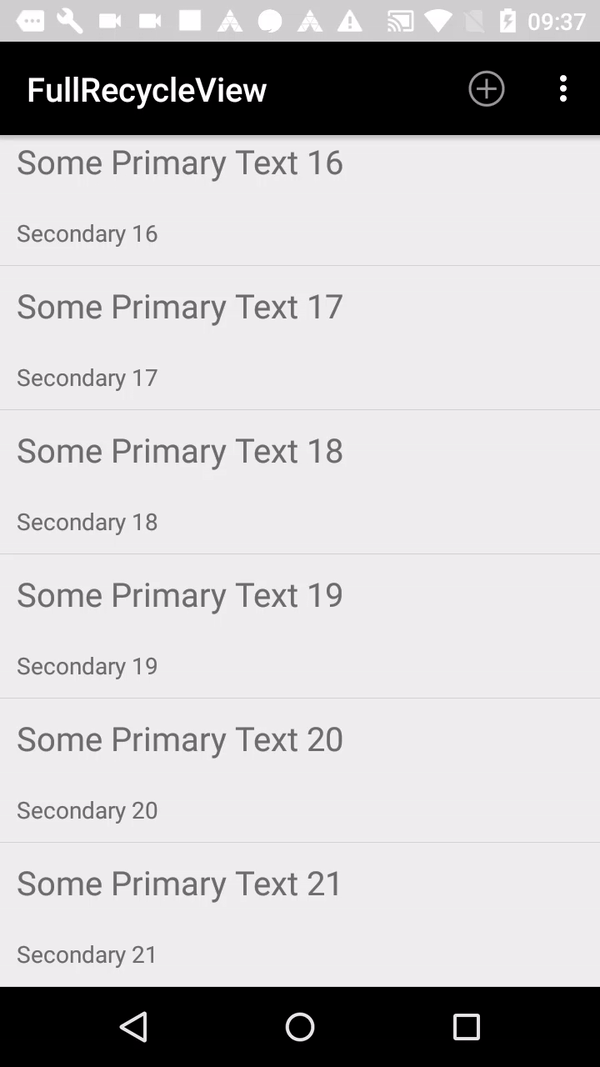<h1>Best Way To Compare Dates in Android</h1>
Sometimes we need to do a list with dates, like
today with hour
yesterday with yesterday
other days with 23/06/2017
To make this we need to compare current time with our data.
Example in GitHub
Public class DateUtil {
Public static int getDateDayOfMonth (Date date) {
Calendar calendar = Calendar.getInstance ();
Calendar.setTime (date);
Return calendar.get (Calendar.DAY_OF_MONTH);
}
Public static int getCurrentDayOfMonth () {
Calendar calendar = Calendar.getInstance ();
Return calendar.get (Calendar.DAY_OF_MONTH);
}
Public static String convertMillisSecondsToHourString (long millisSecond) {
Date date = new Date (millisSecond);
Format formatter = new SimpleDateFormat ("HH: mm");
Return formatter.format (date);
}
Public static String convertMillisSecondsToDateString (long millisSecond) {
Date date = new Date (millisSecond);
Format formatter = new SimpleDateFormat ("dd / MM / yyyy");
Return formatter.format (date);
}
Public static long convertToMillisSecond (Date date) {
Return date.getTime ();
}
Public static String compare (String stringData, String yesterday) {
String result = "";
SimpleDateFormat simpleDateFormat = new SimpleDateFormat ("yyyy-MM-dd HH: mm: ss");
Date date = null;
Try {
Date = simpleDateFormat.parse (stringData);
} Catch (ParseException e) {
E.printStackTrace ();
}
Long millisSecond = convertToMillisSecond (date);
Long currencyMillisSecond = System.currentTimeMillis ();
If (currencyMillisSecond> millisSecond) {
Long diff = currencyMillisSecond - millisSecond;
Long day = 86400000L;
If (diff <day && getCurrentDayOfMonth () == getDateDayOfMonth (date)) {
Result = convertMillisSecondsToHourString (millisSecond);
} Else if (diff <(day * 2) && getCurrentDayOfMonth () -1 == getDateDayOfMonth (date)) {
Result = yesterday;
} Else {
Result = convertMillisSecondsToDateString (millisSecond);
}
}
Return result;
}
}




